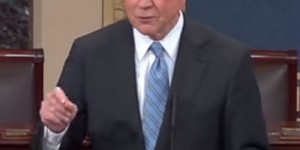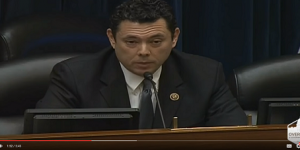The Washington Examiner — Poor management of its aircraft fleet’s maintenance added $118 million in unnecessary spending by the U.S. Customs and Border Protection and may have endangered some of its pilots.
“Since 2009, the number of CBP aircraft maintained, annual flight hours and the average age of CBP’s aircraft fleet decreased,” the Department of Homeland Security Inspector General said in a recent report. “However, during the same period, CBP’s national aviation maintenance contract costs increased.”
The agency awarded a $938 million contract to provide maintenance and logistics support in November 2009 for one year and with nine single-year options. The contract covered 50 locations for 265 CBP airplanes and helicopters collectively flying approximately 100,000 hours per year.
From 2010 to 2013, the number of aircraft maintained under the contract decreased by 13 percent, the number of flight hours by 35 percent and the average age of the aircraft by an estimated 8 percent.
“However, during the same period, CBP’s national aviation maintenance contract annual costs increased an average of 8.9 percent every year,” the inspector general said.
By 2014, CBP estimated that the total contract cost breached $1 billion, almost $120 million more than the original contract award. In 2013, CBP paid almost $120 million, nearly $15 million more than it estimated. Auditors could not determine whether the contractor tracked and charged CBP appropriately for maintenance.
Multiple inconsistencies were found when the data from two separate maintenance-tracking systems were compared.
“CBP reported it planned to examine and recommend modifications to improve verification and tracking of maintenance labor hours,” the inspector general said. Also, CBP lacked procedures to review, address and report maintenance issues and consequently increased “the risk of repeat occurrences of the deficiencies, potentially affecting the safety of operations.”
Several maintenance-related incidents were identified by auditors, such as unsecured bolts, incorrect rotor blades installed on a helicopter and severe damage to an airplane from improper lowering from jacks.
Two types of aircraft were excluded from the auditors’ review because they were maintained under separate contractors. The Washington Examiner reported previously on CBP drone maintenance problems. P-3 airplanes’ maintenance costs have not been audited.




























